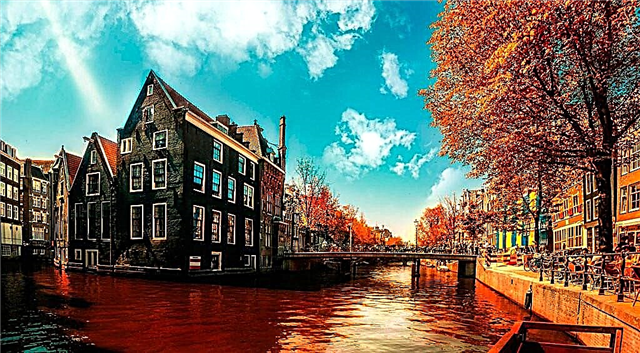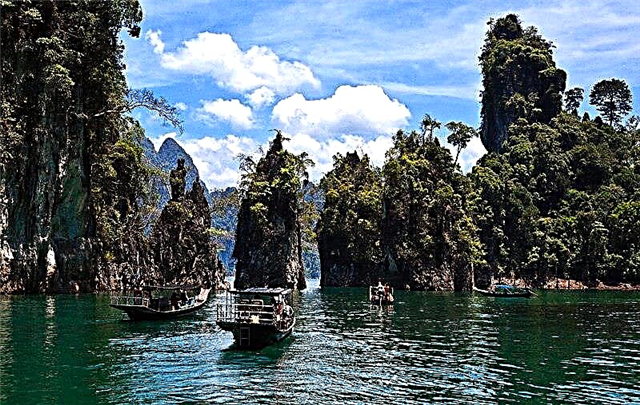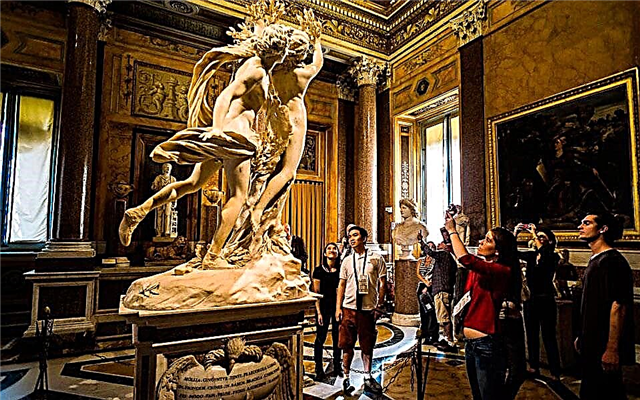The Borghese Gallery is considered one of the most popular cultural attractions in Rome. This is a great treasury of masterpieces of art, which contains over 500 paintings and 300 sculptures.
History

The history of the emergence of the Roman gallery dates back to the 17th century. A significant part of the museum exhibits appeared thanks to the passionate love of Cardinal Shipione Borghese for works of art and sculpture. The spiritual career of the clergyman of Borghese promised to be successful and cloudless due to the fact that Pope Paul V was his uncle. The high position in the leadership of the Vatican government, access to the church treasury, as well as control over the collection of taxes from the citizens of Rome allowed the cardinal to enrich himself immensely. His unlimited power contributed to the fulfillment of the main desire in life - to collect the most valuable objects of art. Borghese actively bought paintings and marble statues of his favorite artists of various eras.
The unquenchable pursuit of luxury literally drove the cardinal crazy. If the author or owner of a valuable canvas refused to sell his work, then Borghese had to abuse his official position. The art lover did not hesitate to act in bad faith - he resorted to blackmail, violent confiscation and sometimes outright theft. We must pay tribute to the nobleman who patronized the young and talented artists who later became famous all over the world. In particular, these are Giovanni Bernini and Merisi da Caravaggio.
In 1613, Scipione Borghese conceived the construction of a luxurious palace that could house an extensive collection. The construction of the mansion took place in the northern part of Rome on the green hill of Pincho, from where a wonderful panorama of the entire city opens. The white facade of the palace was decorated with an arched gallery and a large loggia with a balustrade. An 80 hectare park was established around the villa. The territory was decorated with antique sculptures, green lawns, a pond, a shady alley with pine pines. The palace had the status of a guest residence of the papal curia.

In 1633, Cardinal Borghese dies. At that time, there were more than 800 works of art and sculpture in his collection. According to the will, valuable exhibits were transferred to the heirs, who did not have the right to sell them. The collection thinned considerably during the occupation of Rome by French troops.
This was facilitated by a relative of Cardinal Camillo, who was the husband of Napoleon's sister. Several hundred masterpieces were presented to the Emperor of France. At the end of the 18th century, the Borghese Palace was rebuilt, and the premises of the villa were decorated with ceiling frescoes, bas-reliefs, pilasters and mosaic floors. In 1902, the cardinal's mansion with works of art was bought by the Roman municipality to create a gallery here.
Art collections

In the current halls of the gallery are exhibited the most valuable objects of art from different eras, collected by Cardinal Borghese. Each room has its own name and theme. There are statues on the ground floor. Of particular note are the sculptural compositions of Lorenzo Bernini, executed with unsurpassed realism and grace. The depth of the carving of the master's work amazes with its virtuosity. It seems that marble is about to turn into human flesh. Marble David from Old Testament mythology is beautiful. The sculptor captured the future king of Judah at the moment of throwing a sling stone. The artist created a figure in the dynamics of a sharp turn of the character. David's body is tense like a spring, his face is focused and determined.
The sculpture "Apollo and Daphne" makes a fascinating impression on visitors. This is a truly interesting work by L. Bernini, who portrayed an ancient Greek character madly in love with a beautiful nymph. Apollo's fluttering clothes show that he is running after the girl. Daphne, fleeing from a loving young man, turns into a tree. In the premises of the gallery are exhibited busts of Roman emperors, carved in the 16th century. Here you can also see a graceful sculpture of Venus lying on a sofa, Pluto, Proserpine and other ancient heroes.

The second floor of the palace is famous for the most valuable collection of paintings of world significance. The halls of the gallery showcase the original masterpieces of Raphael Santi - "Portrait of a Woman with a Unicorn" and "Descent from the Cross". There are also works by Van Gogh, Botticelli, Rubens and many others. The gallery is especially proud of the work of the Venetian artist Titian "Earthly and Heavenly Love", dated 1514. The panel depicts two beautiful girls against the backdrop of picturesque nature. One virgin in a snow-white robe personifies the earthly incarnation of Venus, and another naked woman characterizes the heavenly and immaculate attractiveness.
A separate hall of the palace is dedicated to the canvases of the favorite artist Borghese - Caravaggio. The master's paintings are amazing to the core. The piece Madonna Palafrenieri is one of the main gems of the Borghese collection.
The painting depicts Mary showing the boy Christ how to crush the heresy serpent. The panels "Sick Bacchus" and "Young Man with a Basket of Fruit" are filled with vital energy and bright colors. The canvas "Saint Jerome" shows a church minister immersed in his manuscripts. A human skull can be seen on the table among the books. In this work, the artist has talentedly portrayed the relationship between the transience of life and the desire to know the truth.
Opening hours and ticket prices
The Borghese Gallery has special rules for visitors. The doors of the museum are open from 9:00 to 19:00. Tourists are allowed in in groups and only for two hours. It is recommended to book tickets in advance, which cost 20 euros.
Where is it and how to get there
The museum is located on a picturesque hill in Rome in a vast parkland. You can get to the place by metro to the Spagna station. There are numerous bus routes to the gallery.











